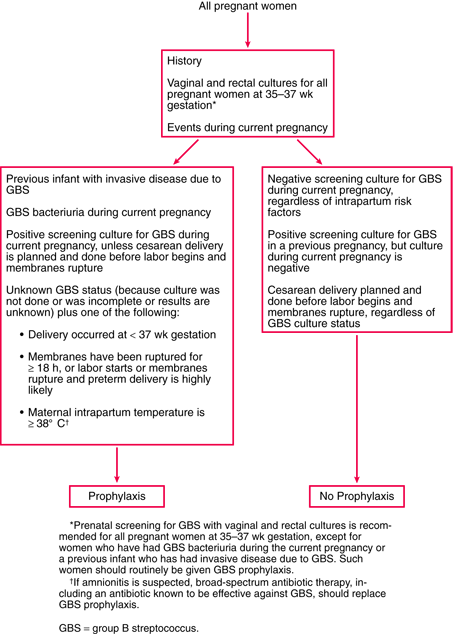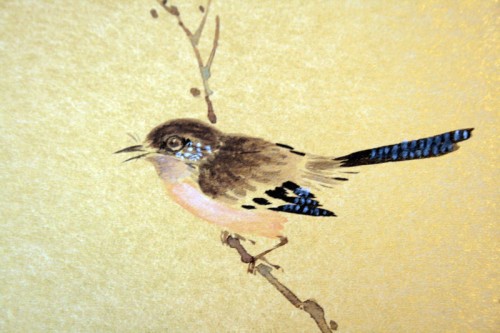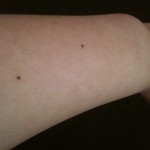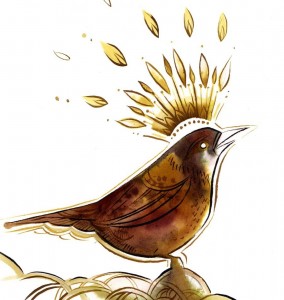GBS Information
Here’s what I’ve sort of come up with as sort of the “crucial” GBS info parents-to-be should know. Download as Word Doc (3 pages, 90K)
Group B Streptococcus (GBS) and Pregnancy
In summary:
Every mother is tested for GBS bacteria around 35-37 weeks [ 1 ] (unless GBS was already detected in a urine test, in which case further testing is unnecessary). [ 2 ] 30% of pregnant women are GBS-positive (there are typically no symptoms). [ 3 ]
2.5% of pregnant women are heavily colonized (GBS shows up in urine test). [ 4 ]
When a GBS-positive mother is given an antibiotic IV at least four hours before delivery, only 1 in 4000 babies get infected.
Without an IV, 1 in 200 babies get infected. (20 times worse) [ 5 ] For heavily-colonized mothers without an IV, 1 in 8 get infected. (500 times worse) If your GBS status is unknown when you go into labor, get an antibiotic IV.
After birth, monitor your baby for infection for 48 hours so they may be treated (they will usually seem 100% healthy and have no symptoms for the first several hours). Without treatment, GBS is nearly 100% fatal. With treatment, only 2-30% of GBS-infected newborns die. [ 6 ] 20-30% of survivors are left with speech, hearing, vision or mental problems. [ 7 ]
What is group B strep?
Group B strep (streptococcus) is a type of bacteria that can cause serious illness and death in newborns. Until recent prevention efforts, hundreds of babies died from group B strep every year. This type of bacteria can also cause illness in adults, especially the elderly, but it is most common in newborns.
How does someone get group B strep?
Anyone can be a “carrier” for group B strep. The bacteria are found in the gastrointestinal tract (guts) and may move into the vagina and/or rectum. It is not a sexually transmitted disease (STD). About 1 in 3 women carry these bacteria. Most women would never have symptoms or know that they had these bacteria without a test during pregnancy.
Why do I need to get tested for group B strep during each pregnancy?
Group B strep bacteria can be passed from a mom who is a carrier for the bacteria (tests positive) to her baby during labor. Since the bacteria can come and go in your body, you need to be tested for group B strep every time you are pregnant, whether you tested negative or positive during the last pregnancy. Toward the end of pregnancy (35-37 weeks), the doctor will swab your vagina and rectum to test for GBS.
What happens to babies born with the group B strep bacteria?
Group B strep is the most common cause of sepsis (blood infection) and meningitis (infection of the fluid and lining around the brain) in newborns. Group B strep is a frequent cause of newborn pneumonia and is more common than other, more well-known, newborn problems such as rubella, congenital syphilis, and spina bifida. Group B strep infection is fatal in up to 20% of infected newborns. Another 20% of those who survive are left with speech, hearing, or vision problems, or mental retardation.
How can group B strep disease in babies be prevented?
Most early onset group B strep disease in newborns can be prevented by giving antibiotics (medicine) through the vein (IV) during labor to women who tested positive during their pregnancy. Because the bacteria can grow quickly, giving antibiotics before labor has started does not prevent the problem. Any woman who has a positive test for group B strep during this pregnancy should get antibiotics. Also, any pregnant woman who has had a baby in the past with group B strep disease, or who now has a bladder (urinary tract) infection caused by group B strep should get antibiotics during labor. The IV will decrease your baby’s chances of getting infected 20-fold (to just 1 in 4000).
What if GBS is detected in my urine?
This means you are heavily colonized with GBS. Only about 5% of pregnant women are heavily colonized with GBS (as opposed to 30% having GBS at all). If GBS is ever detected in your urine during pregnancy, there is no need to be tested at 35-37 weeks; you definitely need to get an antibiotic IV as soon as you go into labor. Heavily colonized women have a 2,500% greater chance of passing GBS to their baby (1 in 8 chance) than a typical GBS positive woman (1 in 200). Fortunately, by getting the IV as soon as you go into labor (at least four hours before delivery), you reduce the chances that your baby becomes infected by 99.8% (to just a 1 in 4000 chance of infection).
What if I’m allergic to some antibiotics?
Women who are allergic to some antibiotics, such as penicillin, can still get other types of antibiotics. If you think you are allergic to penicillin, talk with your doctor.
Are there reasons not to get an antibiotic IV?
There is no need to get an IV if a mother is tested to be GBS-negative. However, numerous studies have determined that because of the high likelihood and terrible consequences of infection, all GBS-positive (or unknown GBS status) mothers should receive an antibiotic IV at least four hours prior to delivery.
If I know that I’m a group B strep carrier, why can’t I just take some antibiotics now?
For women who are group B strep carriers, antibiotics before labor are not a good way to get rid of group B strep. Because they naturally live in the gastrointestinal tract (guts), the bacteria often come back after antibiotic treatment. Antibiotics during labor are effective at protecting your baby because they greatly reduce the amount of bacteria the baby is exposed to during labor. Even if you had IV antibiotics for your last baby, you may not need them for this pregnancy if you are not a carrier now. Get tested every pregnancy.
What do I need to do during pregnancy or labor if I’m group B strep positive?
Talk with your doctor and create a labor plan that includes getting antibiotics for group B strep prevention in your newborn. When your water breaks, or when you go into labor, make sure to get to the hospital at least four hours before delivery to make sure there is enough time for the antibiotics to work. When you get to the hospital, remind the staff that you are group B strep positive.
What makes it more likely for my baby to catch GBS from me during labor?
* Labor before 37 weeks of pregnancy (even just one day before).
* Fever (>100.4F) during labor.
* Rupture of membranes (broken bag of water) for more than 18 hours before birth.
What should I do after my baby is born?
If you were GBS positive or had an unknown GBS status, even if you got an IV, your baby should be closely monitored for at least 48 hours for any signs of infection (they will usually seem 100% healthy and show no symptoms for several hours after birth):
* Breathing problems or grunting sounds (it may seem like a constant soft crying or “whimpering”/”wheezing”).
* Difficulty feeding, or even suckling a finger, especially if they fed earlier.
* Fever, or problems with temperature regulation.
* Seizures, stiffness, or extreme limpness.
* Unusual change in behavior.
If any of these occur, immediately go to the emergency room. Your baby can be given an antibiotic IV to significantly improve their chances of survival. With no treatment, nearly 100% of GBS-infected babies die.























































